When wealthy northerners began buying land on the Waccamaw Neck in the early years of the twentieth century, many longtime residents had mixed feelings.
The new owners brought much-needed jobs, but they also disrupted traditional relationships with the land and waters.
Bernard Baruch bought Hobcaw Barony in 1905 and vigorously enforced trespassing and poaching laws.
He faced resentment from members of the Caines family, who had lived on Hobcaw property for generations, hunting and fishing and serving as guides to gun clubs.
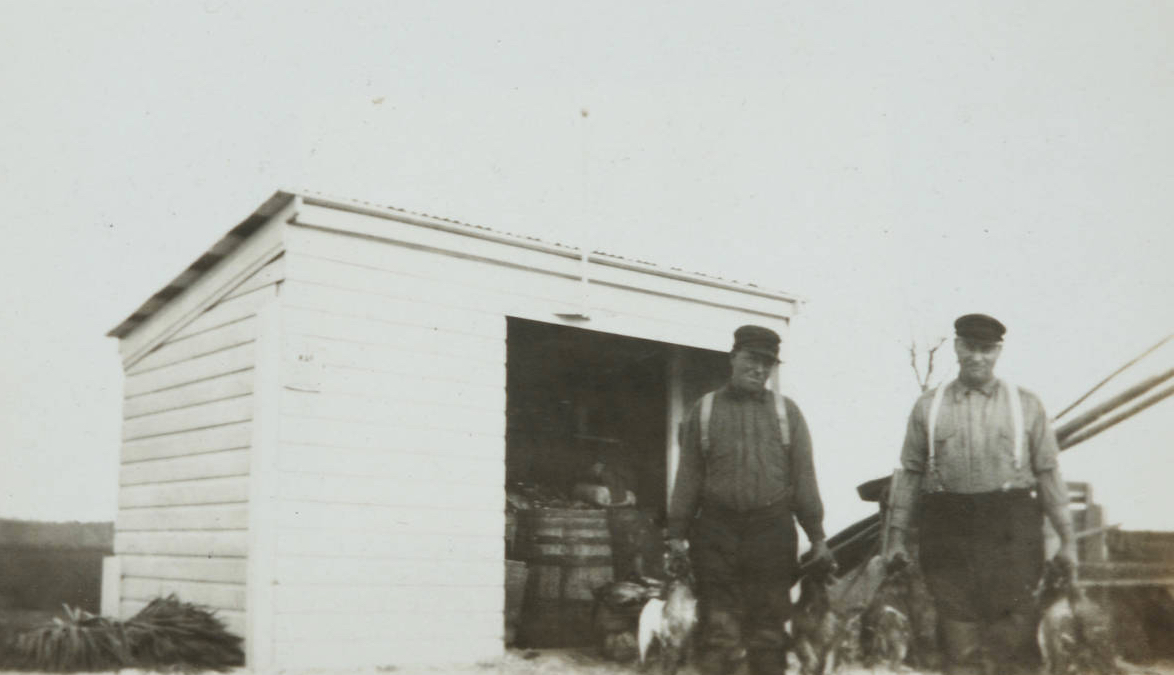
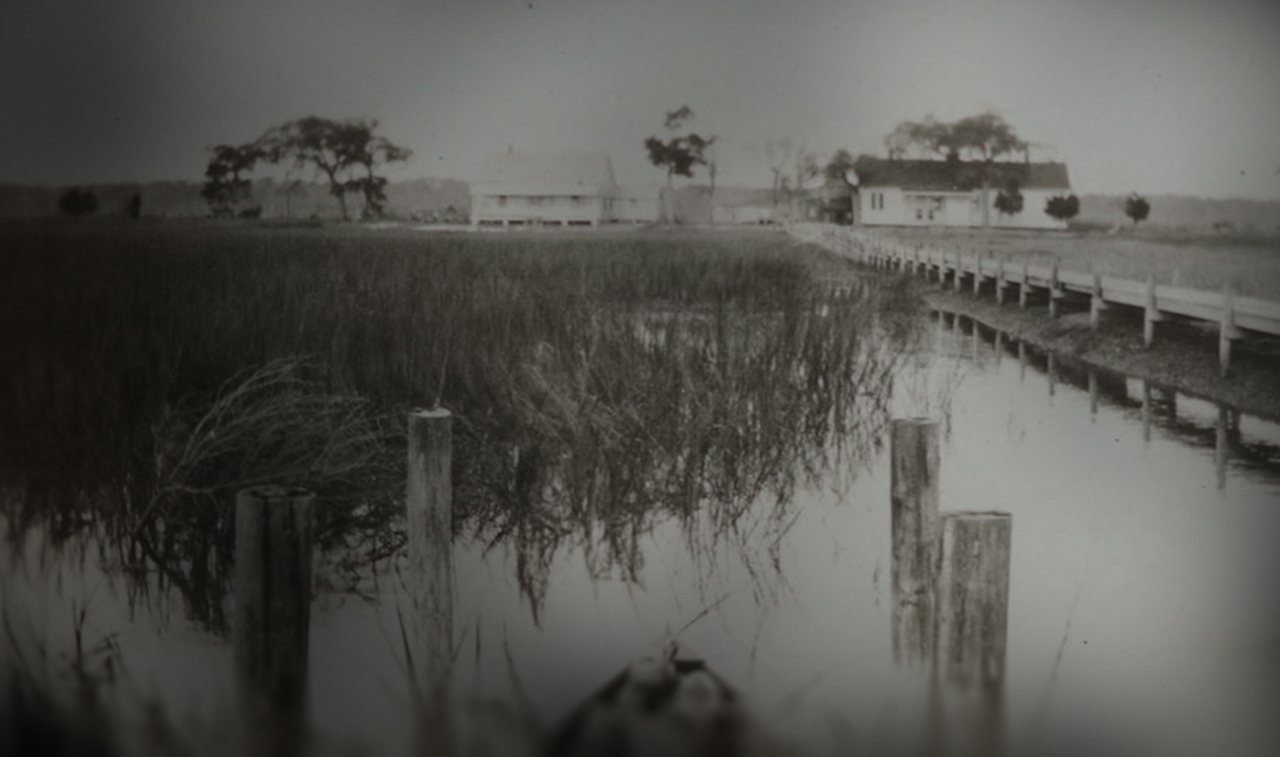
In his memoir, Baruch recalls catching Hucks Caines on his land one morning:
When I took over the plantation two of the Cains (sic) brothers, Bob and Pluty, came to work for me as guides. Ball and Hucks continued to poach. One morning I spotted Hucks on my land, not a half mile from where I was. I caught him with 166 ducks. I confronted him sternly but wound up asking if he would work for me instead of poach on me.
Bernard Baruch, Baruch: My Own Story
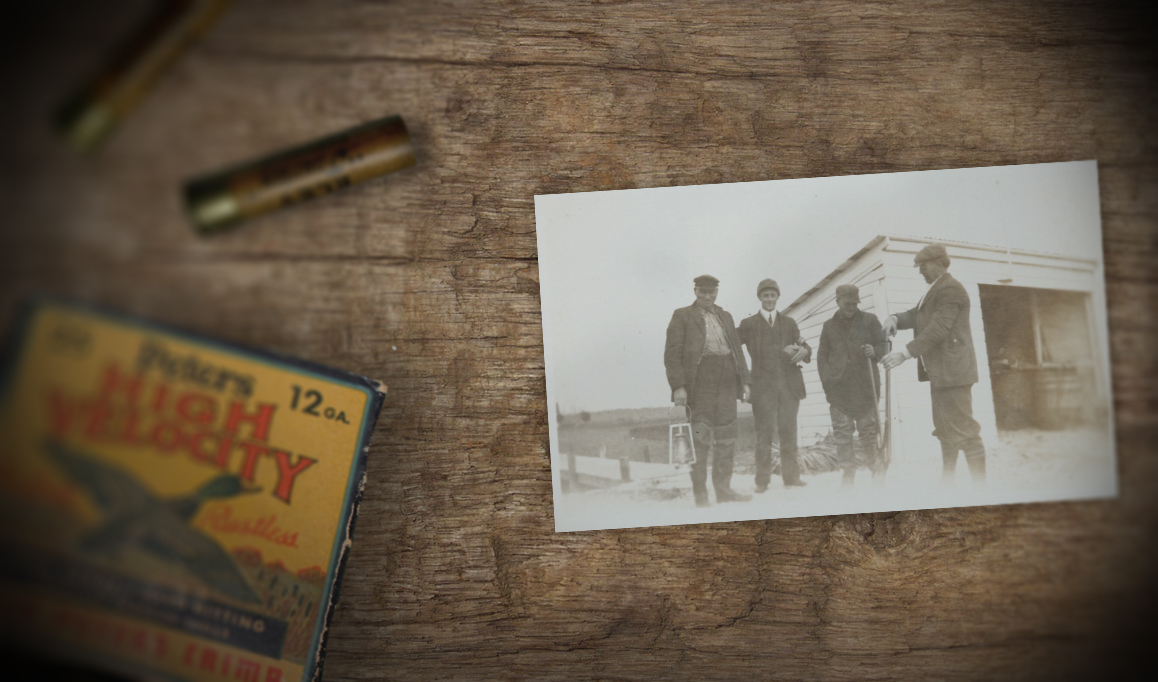
Baruch needed guides like the Caines brothers, who had intimate knowledge of the land and waterways of Hobcaw Barony.
They expertly navigated hunting parties to the prime spots, and kept count of the number of birds shot. They also retrieved the ducks, as hunting dogs were incapable of running through the pluff mud without cutting their paws on the oyster shells imbedded in the muck.
Hucks Caines, Baruch’s favorite guide, could remember where every bird had fallen. He was also an accomplished duck-caller.
Hucks could call a duck so well with his mouth or with a caller that neither the hunter nor the duck could distinguish the call from that of a real duck. The only person who could approach him in this respect was my son Bernard. When I asked Hucks for the secret of his success as a duck man, he would say, “Mr. Bernie, this business is like everything else - you just got to know.”
Baruch, My Own Story
In this photograph Hucks Caines sits in a camouflaged bateau in the North Inlet marsh on a duck-hunting expedition.
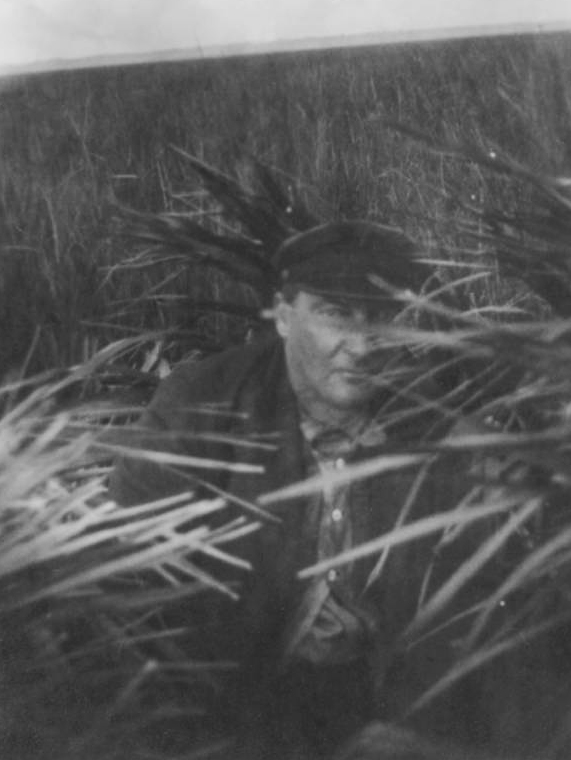
The Caines brothers were also renowned for their skills at carving wooden duck decoys.
Made from a single piece of cypress or gum, Caines decoys were flat-bottomed, had long necks and raised wings and reflected the tastes of the individual artists. They were often larger than other decoys, making them easier to spot from greater distances and more effective at attracting ducks.
Here a group of Caines decoys lure ducks in North Inlet c. 1910
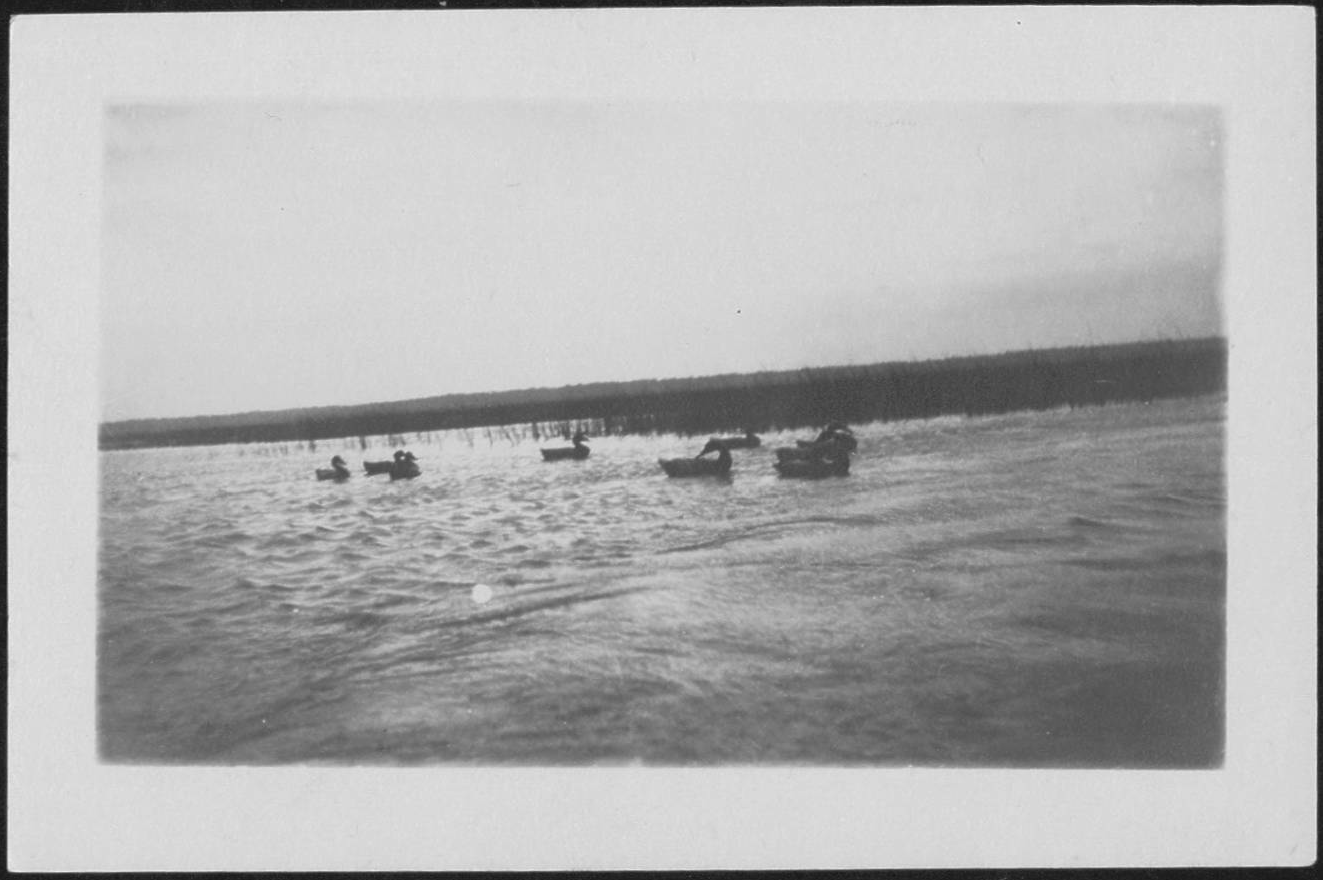
Bernard Baruch used the Caines decoys almost exclusively during his duck hunting trips.
While the Caines brothers made hundreds of decoys, only approximately 50, such as the one pictured below, remain today.
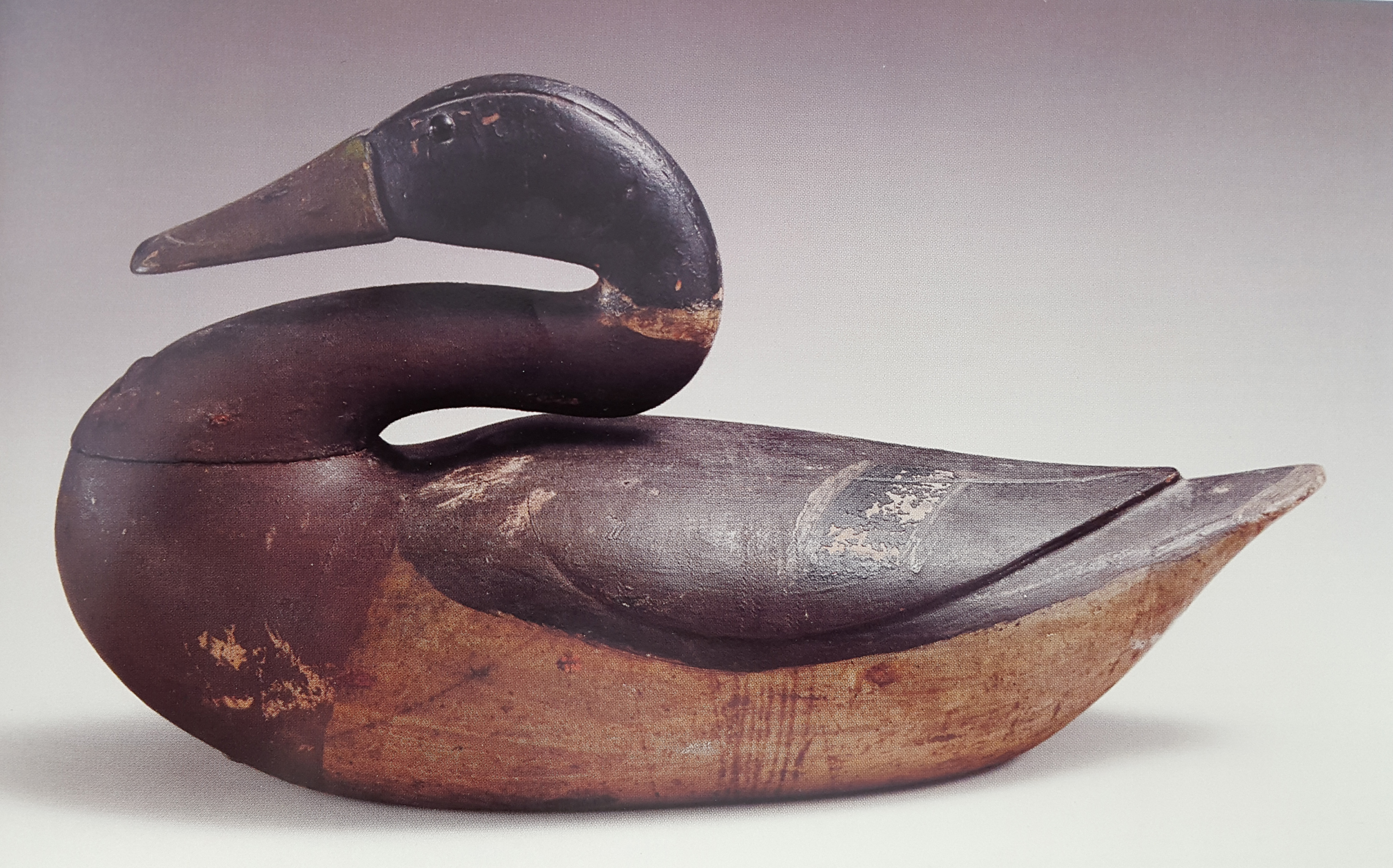
South Carolina-carved decoys were largely overlooked until 1987, when two Charleston men reportedly paid $25 per decoy for a group found in a Murrells Inlet antiques store. One year later, one of the Caines decoys sold for $35,000 at the Southeastern Wildlife Exposition auction in Charleston SC, and in 1992, one is reported to have sold at auction for $158,000.
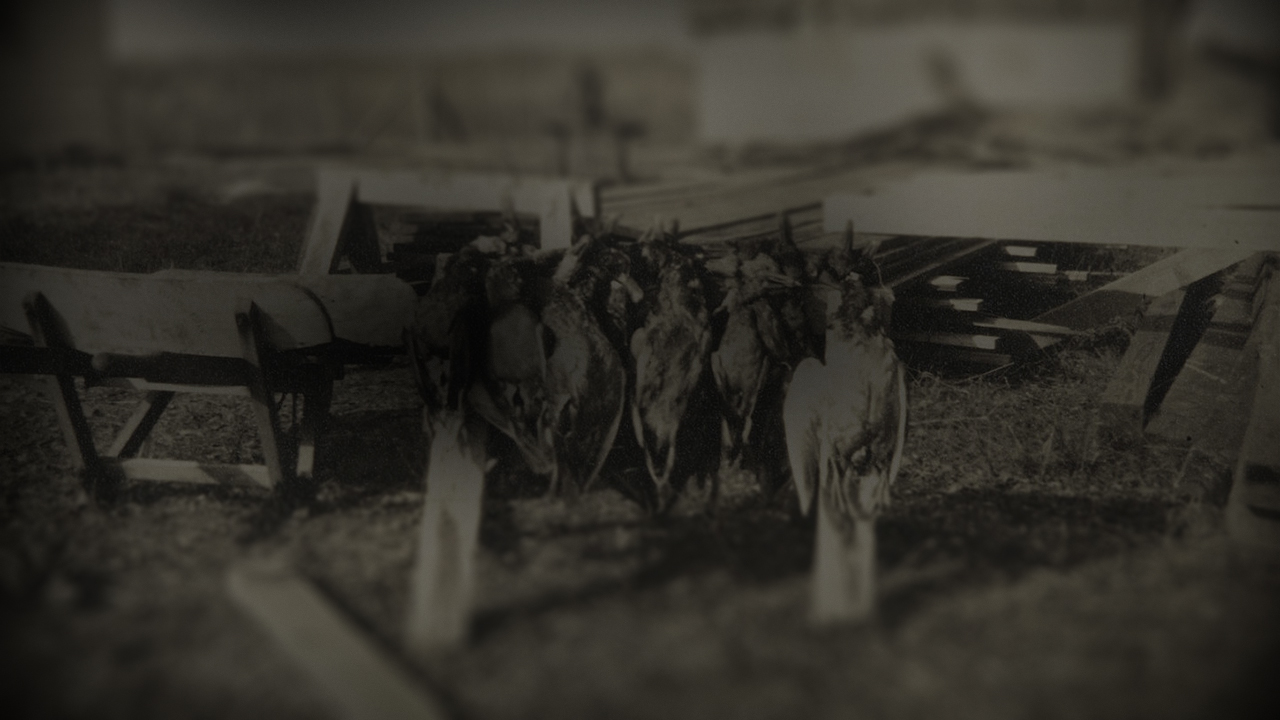
Jerry and Roy Caines, grandsons of Hucks Caines, are continuing their family’s legacy.
The brothers were commercial fishermen and shrimpers before attempting the family trade of decoy-carving. Working together – Roy doing the rough cut and Jerry the finish work – the two found they possessed some of the family talent.
Today, the new, award-winning Caines decoys can be seen in the Georgetown museum or purchased from the Caines brothers themselves.
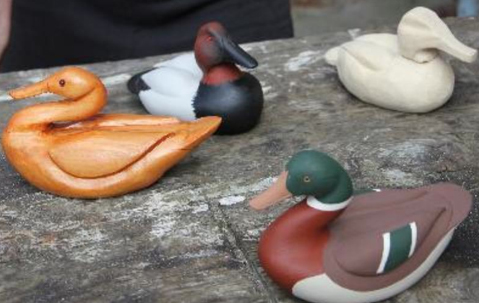
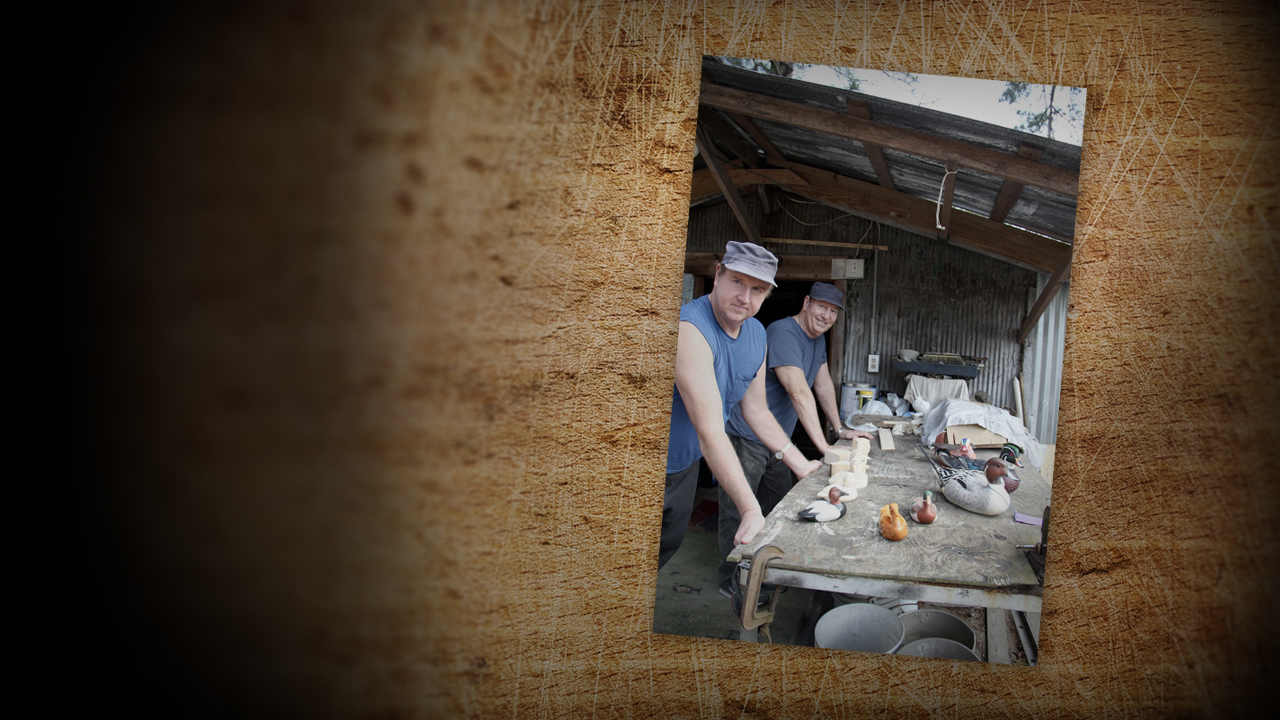
To return to the trail click NEXT STOP
to return to the Clambank Fire Tower click
